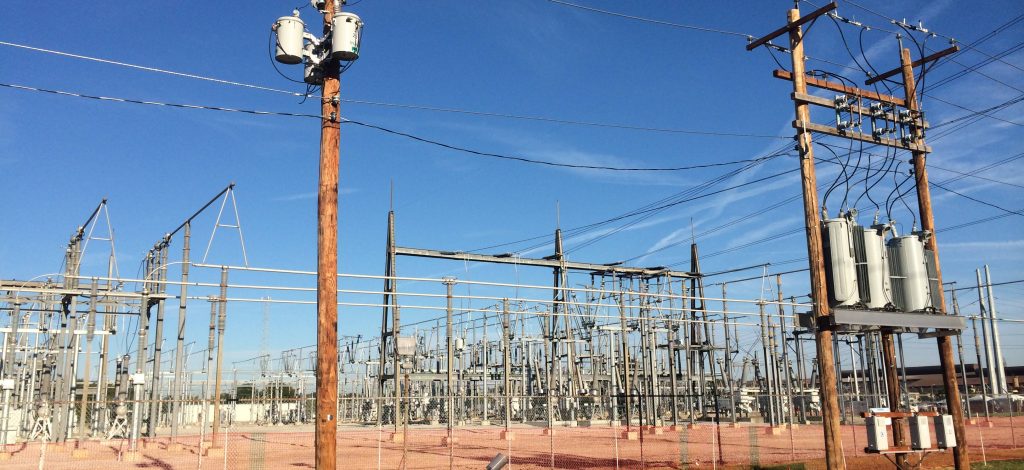In an era defined by rapid technological advancements and an increasing demand for sustainable energy solutions, the optimization of power systems has never been more critical. The performance and reliability of electrical grids are at the heart of this evolution, where complexities abound—from integrating renewable energy sources to managing aging infrastructure.
Power system analysis serves as the compass in this intricate landscape, guiding utilities and engineers through the multifaceted challenges they face. By employing sophisticated modeling techniques and data-driven strategies, these analyses reveal insights that not only enhance operational efficiency but also bolster grid resilience against unforeseen disruptions.
As we delve into the nuances of this essential discipline, we uncover how power system analysis transforms not just the way we distribute electricity, but also the very framework of our modern society.
The Role of Power System Analysis in Grid Management

Power system analysis serves as the backbone of effective grid management, weaving together intricate data and real-time operational insights to enhance performance and reliability. Through sophisticated modeling techniques, engineers can simulate various scenarios, from routine energy flows to extreme outage conditions, identifying potential vulnerabilities before they morph into costly failures.
This proactive approach not only helps in optimizing load distribution and generation capabilities but also plays a pivotal role in integrating renewable energy sources seamlessly into existing infrastructures. As energy demands shift and technological advancements accelerate, power system analysis becomes increasingly essential, generating comprehensive visualizations and actionable strategies that empower operators to make informed decisions, ensuring a resilient and efficient grid for the future.
In this dynamic landscape, the interplay of advanced analytics and real-world challenges underscores the need for constant vigilance and innovation in the management of electrical networks.
Key Components of Power System Analysis

Power system analysis is a multifaceted discipline encompassing various critical components that collectively enhance the performance and reliability of electrical grids. At its core, it involves load flow studies, which unravel how electricity flows through the network and identify potential bottlenecks.
Equally important are short-circuit analyses that anticipate fault conditions, safeguarding infrastructure from catastrophic failures. Stability assessments, on the other hand, examine the systems resilience to disruptions, ensuring a seamless response to disturbances.
Not to forget, protective relay coordination plays a pivotal role in fault detection, activating in milliseconds to isolate issues before widespread damage occurs. Together, these elements create a dynamic framework that fosters efficient energy distribution while prioritizing safety and sustainability.
Thus, grasping these key components is essential for optimizing not only grid performance but also operational longevity.
Enhancing Reliability Through Predictive Modeling

Enhancing reliability through predictive modeling revolutionizes the way we approach power system management. By employing advanced algorithms that analyze historical data and real-time performance metrics, utilities can foresee potential failures before they occur, significantly reducing downtime. Imagine a scenario where variable weather patterns threaten grid stability; predictive models can simulate these conditions, allowing for proactive adjustments in generation and distribution.
This not only fortifies the grid against unexpected disruptions but also improves resource allocation and operational efficiency. Furthermore, by integrating machine learning techniques, these models continuously improve, learning from new data to refine their predictive accuracy.
In essence, predictive modeling transforms grid oversight from a reactive process into a proactive strategy, ensuring that reliability is not just a goal but a sustained achievement in the face of ever-evolving challenges.
Conclusion
In conclusion, the optimization of grid performance and reliability through power system analysis is essential for modern energy management. As we continue to face challenges such as increasing demand, integration of renewable resources, and the need for enhanced resilience against outages, leveraging advanced analytical techniques becomes paramount.
By employing tools such as load flow studies, fault analysis, and dynamic simulations, stakeholders can ensure a more responsive and efficient power system. The future of our electrical infrastructure relies on these insights to not only meet the current demands but also to innovate for sustainable solutions.
For those looking to deepen their understanding of electrical power grids, click here to learn more.

